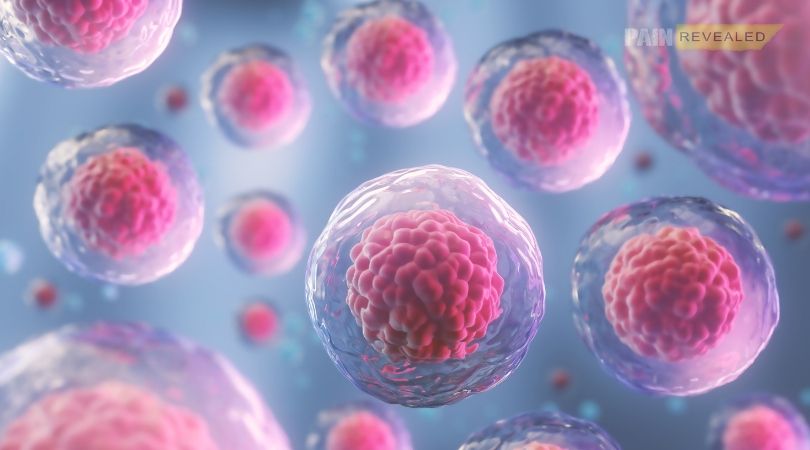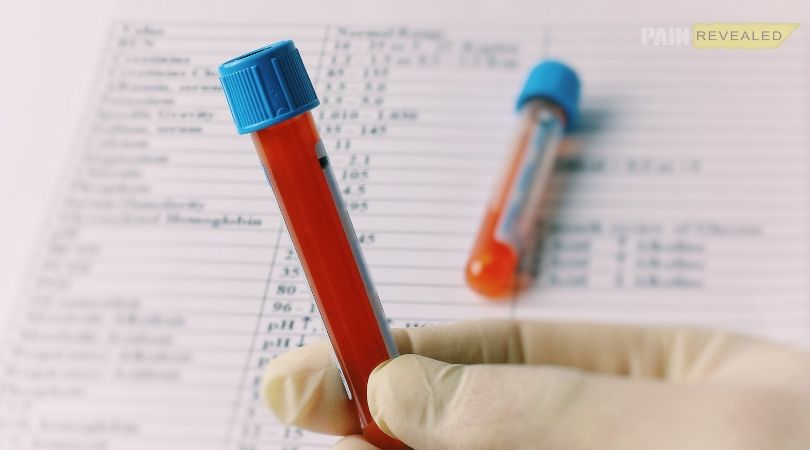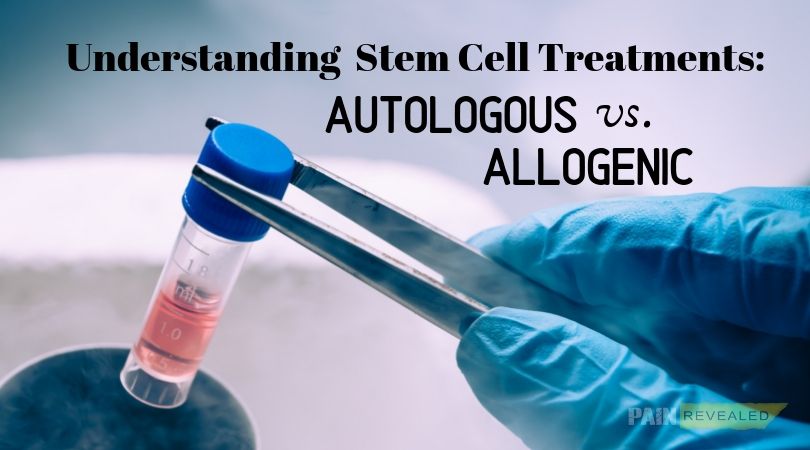Stem cell therapies are a rapidly growing alternative to surgery, drugs, and other invasive medical practices. Stem cells work not just by masking pain symptoms, but by directing the body’s own natural means of healing to areas of inflammation or injury…and as research into this amazing technology grows, access to stem cell therapy is increasing.
Autologous Stem Cells
During the Pain Revealed series, numerous experts discussed the use of autologous stem cells. But what are they? Merriam Webster’s Dictionary defines autologous as “derived from the same individual… involving one individual as both donor and recipient.”
In plain English? Autologous stem cells are the patient’s own cells!
And, they can be harvested and used for an individual’s own benefit.
One of the experts featured on Pain Revealed is Dr. Vincent Giampapa of the Regenerative Medicine Institute of Costa Rica. About stem cells themselves, his website states: “Stem cells are the body’s raw material cells from which all other cells with specialized functions are generated.”
So, how are stem cells harvested? Generally, autologous stem cells are harvested from your own adipose (fat). This tissue can be harvested from excess fat on the belly or back. The tissue is then processed to separate healing stem cells from other elements in the fat. These stem cells are subsequently injected into an injured or arthritic joint so that the healing process is initiated.

What are the advantages? For anyone concerned about rejection of tissue from another person, autologous cells can be the way to go. Likewise, there is no worry about the source of the cells… either from a medical or ethical standpoint.
Simply put, many people are more comfortable knowing that they are receiving a healing treatment sourced from their own bodies.
Another key advantage of autologous stem cell treatment is that it is generally more available and easier for the average person to access. While much research is being done on stem cell therapies from sources such as cord blood, it is not as widely available. This is rapidly changing, however! More on that in a moment…
In clinics throughout the world, autologous stem cells have shown themselves to play a key role in healing for patients with osteoarthritis, rheumatoid arthritis, or injuries. Throughout the Pain Revealed series, follow-ups were featured with patients who were able to avoid costly and painful surgeries. Most of these patients recommended that individuals interested in an alternative to surgery should look into stem cell injections.
Allogenic Stem Cells
In contrast, allogenic stem cells are those from a donor source. As the research in stem cell therapies grows, there is an increasing use of allogeneic stem cells and umbilical cord blood usage is showing tremendous promise.
These stem cells come from blood that is harvested after a C-section is performed on a healthy mother whose background has been carefully screened. No harm is done to the mother or the baby.

According to another Pain Revealed Expert, Regan Archibald, LAc. of East West Health in Salt Lake City, UT, because birth tissue is an immune-privileged environment, there is no risk for rejection. Additionally, no genetic matching is required.
Archibald’s website states, “This ability to become whatever cells are necessary in the affected area is what medical practitioners believe is so unique about stem cell growth.” The website goes on to explain that key benefits of stem cell treatments include avoiding the risks associated with surgery and anesthesia. Further, recovery from stem cell treatments is much quicker.
Stem cell treatments look to be a safe and effective option for patients dealing with pain and inflammation, whether from injury or a disease state. Treatment options vary and are becoming more available as research progresses, and although they can be cost-prohibitive (most insurance companies won’t cover it) when compared to the cost and recovery time involved with surgery, stem cells are becoming an increasingly viable option.
No one wants to face the hardship of pain, disease, or injury… but the good news is that the promise of stem cells is becoming more and more available.

